SOCIAL DESIGN X TECHNOLOGY — THE WAAG SOCIAL TECHNOLOGY ECOSYSTEM
Text by Steve Jarvis Photographs by Waag So we have seen how people power can design vibrant communities and livable neighbourhoods, but can these social design principles be used to create technology that directly benefits ordinary people? One social technology organisation in Amsterdam is making a strong case that it is not only possible, but necessary to do just this. In the centre of old Amsterdam stands Waag, an organisation that for the last 25 years has been refocusing the role of technology in people’s lives. Within the walls of this medieval, castle-like building are laboratories full of scientific equipment, computer-controlled machines creating all manners of products, and a wide array of classes, symposia and events open to all. Their goal is to engage Amsterdam’s citizens, young and old, with the importance of understanding and participating in the creation of technology, and to do this in the most fun, practical, and meaningful way possible. |

|
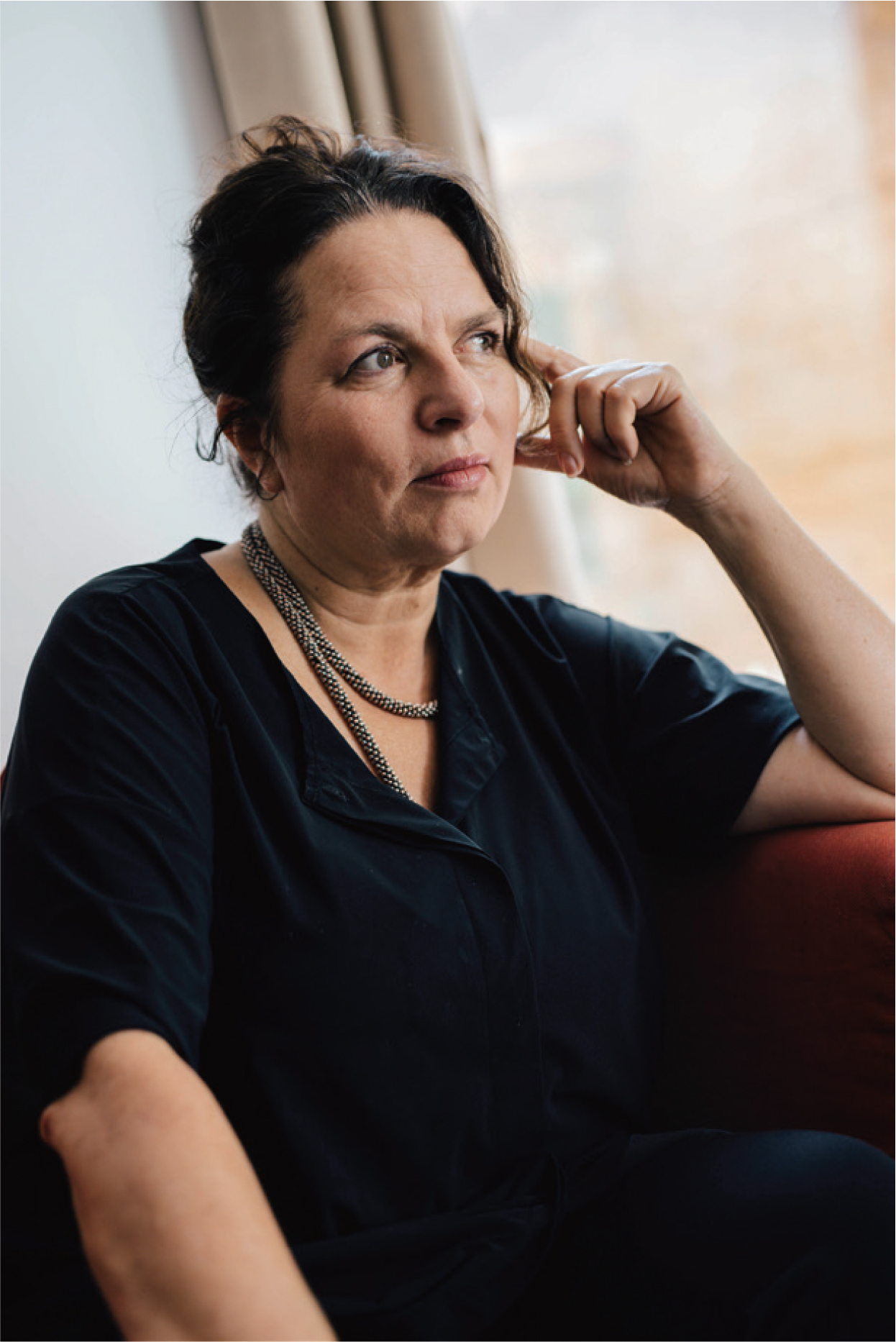
|
Interview with Co-founder Marleen StikkerCreating a sustainable technology future in Amsterdam To get a deeper insight into the broader meaning and importance of Waag, we turn to Marleen Stikker, a pioneer of the Internet in Holland, and also the President and Co- founder of Waag. Her starting point is that technology is not neutral, it is man-made, and therefore has the biases and objectives of its creators intrinsically tied into the fabric of the technology and how and why it is used. She has long been concerned about the loss of the “common good” aspect of the Internet, and technology in general, worried that it is increasingly used as a tool by business to create profit, interest and control. Waag is an attempt to bring back social responsibility to technology creation, and to make it work for society rather than for profit. According to Marleen, this loss of responsibility is not just for technology, but can be seen in all aspects of our lives, such as loss of control over the fate of the environment and the inability to identify a fixable cause. She answers her own question, “Does responsibility for change lie with governments, or corporations, or all of us? Of course, we are all responsible, and we need to recognise this, and use it as a way to take ownership, not only of the causes, but also the solutions to the vast array of problems our planet and our societies face.” Marleen firmly believes cooperation is the antidote to the market-centric nature of contemporary society. Advocating a paradigm shift away from this “survival of the fittest logic” of the market, which generates a lot of losers, she points out that nature also shows us that survival by cooperating is fundamental to ensuring the most positive outcome for all. “Waag is a way of helping people to understand that success comes from cooperating, and it is an important step toward fully appreciating the other key concepts of rights, ownership, commons, and openness that are the foundation of the organisation’s mission.” For Marleen, education is the key to bringing about these changes, but this also means making knowledge less specialised and easier to understand for non- specialists. It requires altering the language we use to describe and understand technology, changing it from exclusive to inclusive. “By fostering a new environment for how technology and society can work together, Waag is actively creating this new “demystified” language for people to understand and talk about technology.” The process of de-specialisation happening at Waag is critical to its success, as it sanctions cross-over between the many areas of research and development, and allows a space for curiosity, play and experimentation to thrive. Having an openness to ideas and approaches stimulates new possibilities that are outside of some business objective, even allowing for developing technology for which there is not yet a perceivable demand. She notes, “We need to repudiate the business logic for technology because it warps our sense of value of technology and why we need it.” Waag’s role is to help people navigate their relationship with technology in a participative and responsible way, it is a worldview that goes beyond treating technology as a business strategy to further commercialise our lives and reinforce a consumption model of society. The principle of openness is also fundamental in a different sense, because many of the technologies that play an essential role in our society are closed and proprietary technologies. This means the public has given control of important aspects of their lives to corporations according to their agendas. We need to open up technology to make it accessible and accountable to the people that are using it and are affected by it. Marleen states it simply, “As a society we are only creating problems if we require technologically illiterate users to operate in some form of Smart City, what we need are Smart Citizens.” She contends that a society built on open- source technology, and guided by the values promoted by Waag, will lead to a very different type of city structure. Marleen envisions a future that is more fair, inclusive and livable than one where the city is built on closed and proprietary technology. Waag provides opportunities for the public to be part of the creative process, rather than just passive consumers of progress and technological change. Moreover, being better informed and technologically competent will have profound implications for how we see ourselves in regards to society, politics, and the ability to create the future.
|
A social technology ecosystem operating on Waag values Waag is considered a “social technology ecosystem” because it has three key components: a research foundation, maker spaces, and education platforms. Each is an independent entity with its own specific mission and governance, but they operate as a single unit. By combining these areas, Waag can take on the role of a technology incubator able to produce new materials, techniques and prototypes. They can even nurture seedling companies, such as Fairphone (see p.32), which began life as an idea that was developed with social technology values as part of a Waag research project. Engaging the public in research activities, and having this relationship generate new research possibilities, is a core mission for Waag. Addressing social problems means actively engaging with those affected, often where they are affected. While most of the organisation’s activities are based within the Waag building, a lot of the application happens within communities, such as Smart Citizen pollution testing (see p.34) and digital mapping projects. There is an active outreach education programme in schools for students, and technology training for teachers, and their partnership with Amsterdam’s public libraries is creating local learning centres for digital fabrication (FabLabs) throughout the city.
|
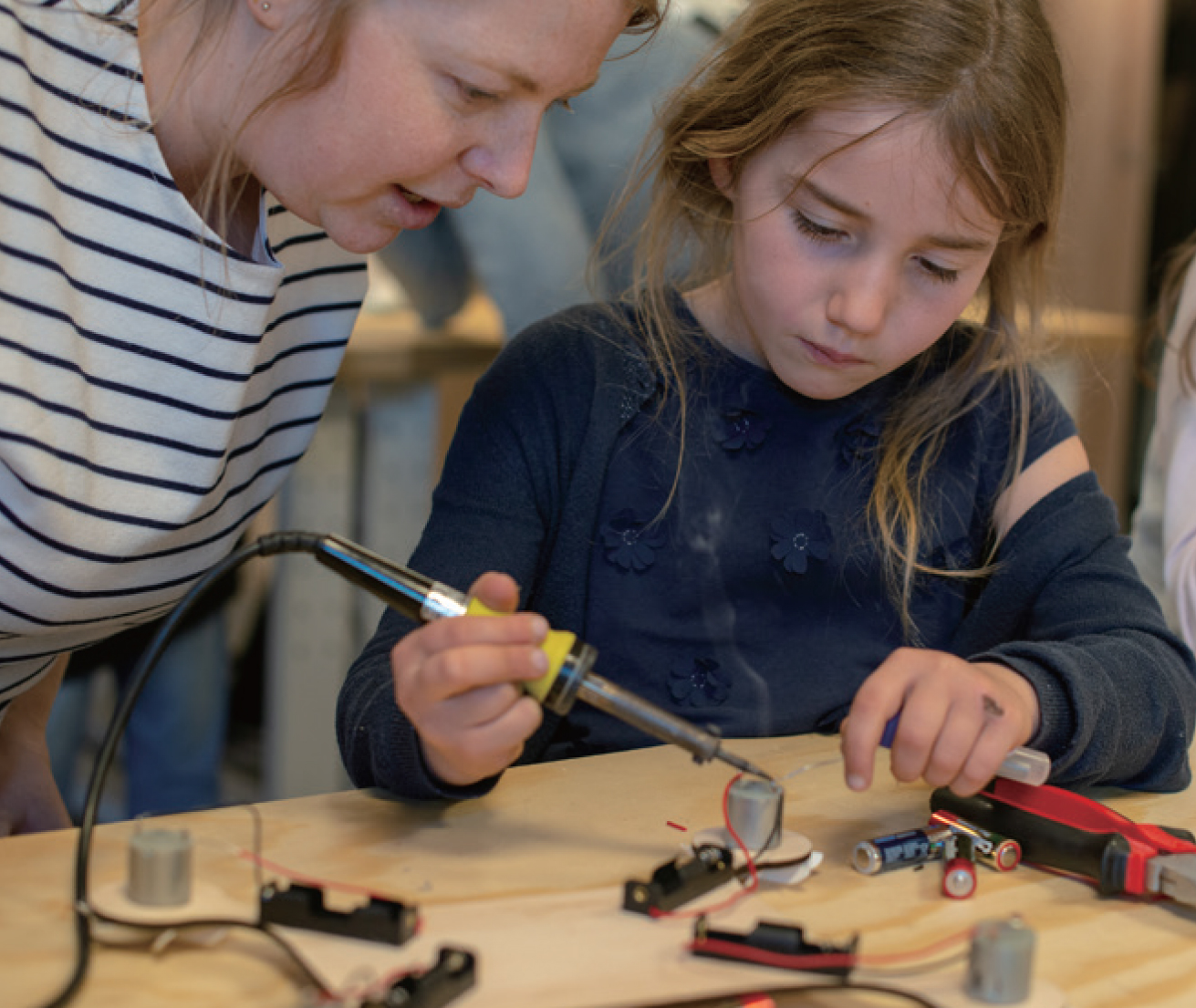
|

|
Maker Labs are the engines of Waag researchLabs gather research findings to formulate design questions and methods, and develop viable prototypes for adoption of open, fair and inclusive technology. Even though labs have a thematic focus, there is much cross- fertilisation of ideas and resources multiplying possibilities for unique and important technology developments. FabLab
|
Case Study Smart CitizensNetworks of engaged Citizen Scientists The Smart Citizen research agenda helps people also understand and use the tools and applications needed to map their surrounding environments. Waag provides crash course workshops where they teach participants to measure air quality, water quality, noise pollution, and even radiation. Workshops are often held in local communities, as it is important to have local citizens involved so they can formulate a measurement strategy amongst themselves. A sense of ownership of the project is further strengthened by having the participants build their own simple measuring devices. The device itself is modular, produced by FabLab and only requires a few simple components. The design is freely available online so anyone, anywhere, can build one if they want. |
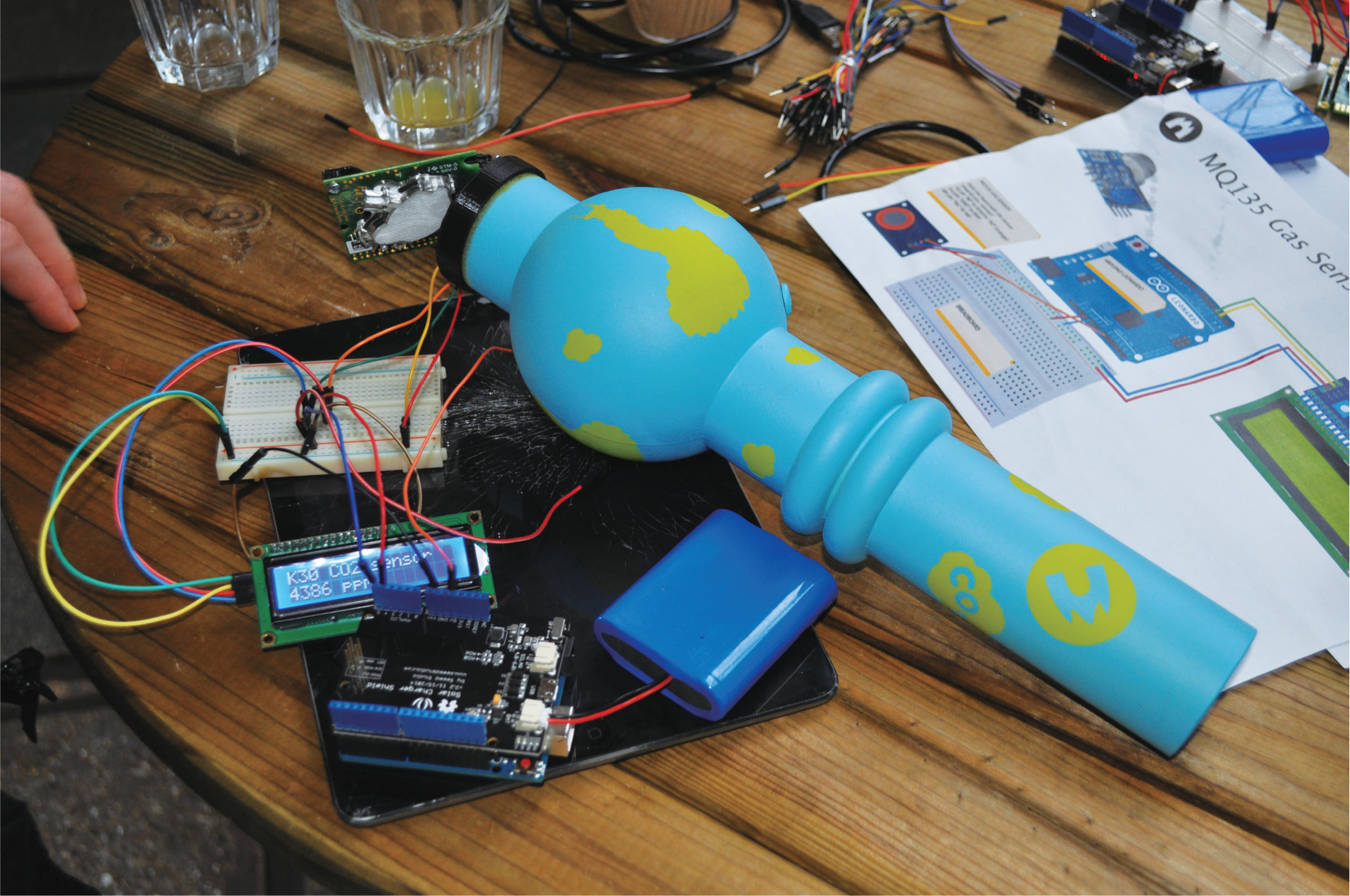
|
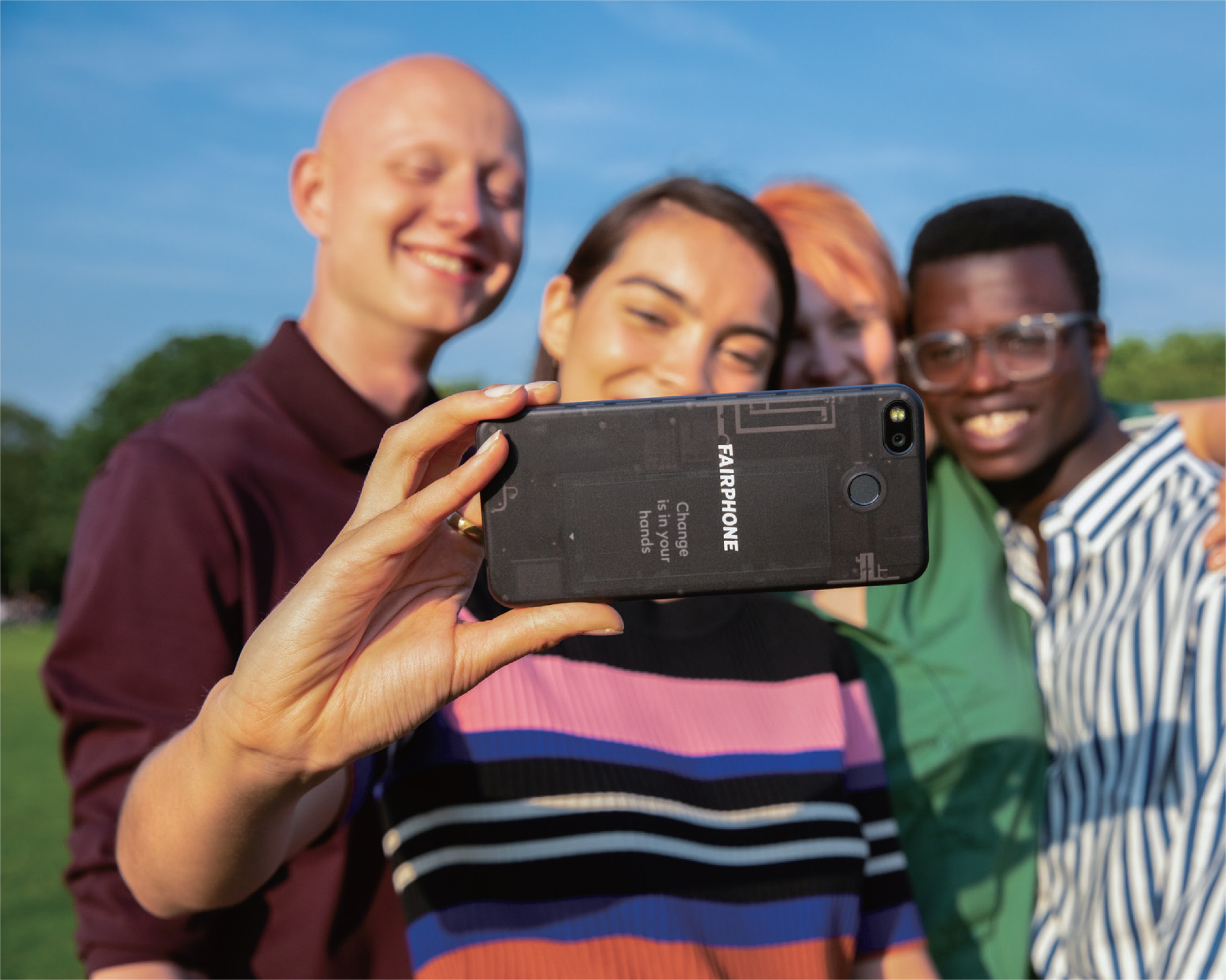
|
FairphoneFair and responsible electronics is possible Fairphone is an example where values- based research turns into a product, and then a company directly addressing the initial issue. Now in Version 3, Fairphone sells a smartphone produced according to strict ethical and environmental standards. It is a completely modular phone with an open design, meaning all the parts can be easily removed and replaced by the user, it even has a do- it-yourself repair manual. More than that, its components are made from responsiby-mined minerals and metals, and produced in factories with verified fair work practices. Made of high-quality upgradable components, the devices are built to last longer than comparable phones, reducing the environmental burden from consumers constantly changing handsets. Now a consumer product, the Fairphone has its origins in an awareness campaign started by Waag in 2010 about conflict minerals, where minerals in war zones are illegally mined and the profits put to war making. The Fairphone research project aimed to open up a phone, identify component origins, and replace them with sustainable parts, thereby creating an ethical smartphone prototype. The goals then changed to bringing a "fair" smartphone to the market —made as far as possible— of parts produced and utilised without harming individuals or the environment. By 2013, Fairphone had spun out of Waag to become a social enterprise selling a working version of an ethical smartphone. By applying ethical guidelines to smart phone production, Fairphone is making a positive impact across the value chain in mining, design, manufacturing and life cycle, while expanding the market for products that put ethical values first. |
MakeHealthCo-creating fair and affordable health products The goal of the MakeHealth research area is to come up with innovative designs and open-source applications enabling citizens to better participate in society, regardless of physical limitations. Epitomising the principles of co-creation and inclusive design, this research field brings together patients, health professionals, hospitals, designers, artists and healthcare entrepreneurs to brainstorm on solutions to challenges faced by people with healthcare needs. To actively identify problems and then create solutions, multidisciplinary teams collaborate at all stages of development, from workshop to FabLab production. Each team has a 'problem owner'. This can be a patient, a healthcare professional, or healthcare entrepreneur. Along with young designers, makers, and health professionals, the teams then design prototypes to solve the problem at hand. |
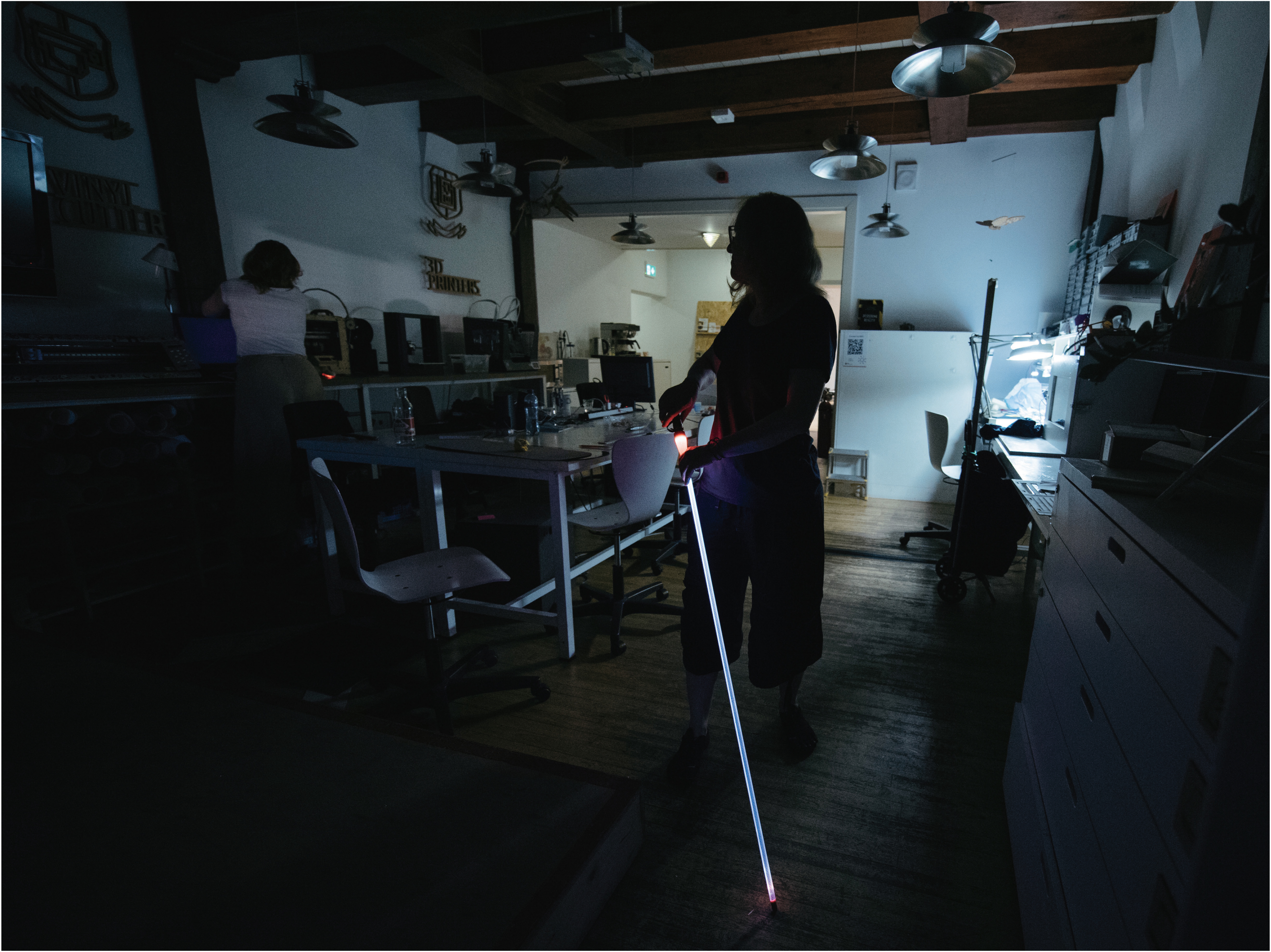
|
Others
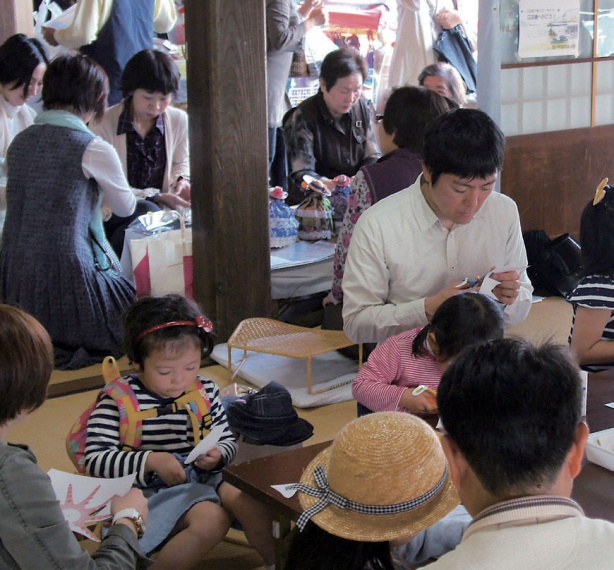
Latest News | 1 December 2019
The Future is Human-Centred Design
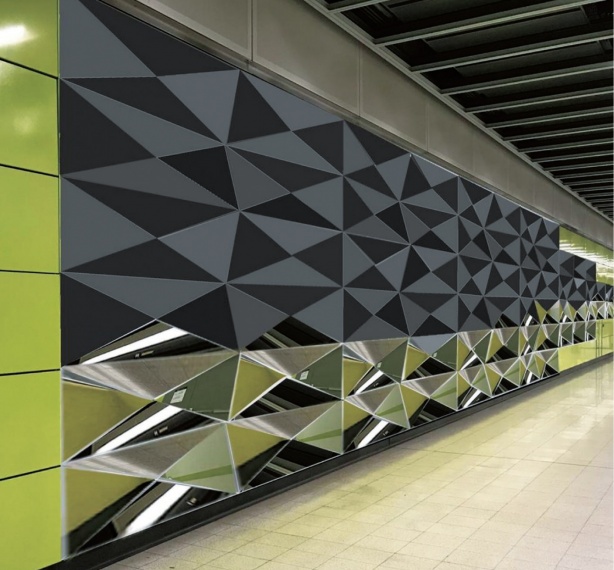
Latest News | 1 December 2019
HKDI x Art in MTR — “TKL_WE_IMAGINED” Exhibition

Latest News | 1 December 2019
Students from HKDI and MMU Joined the Global Design Camp
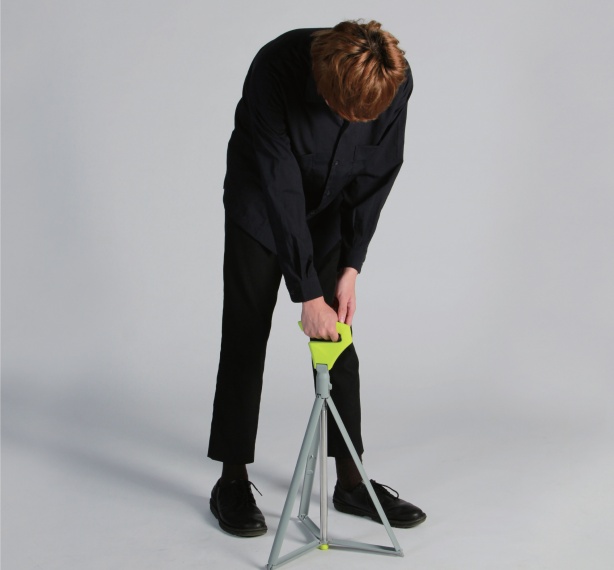
Latest News | 1 December 2019
DESIGN STUDENTS’ JOURNEY TO THE WORLD
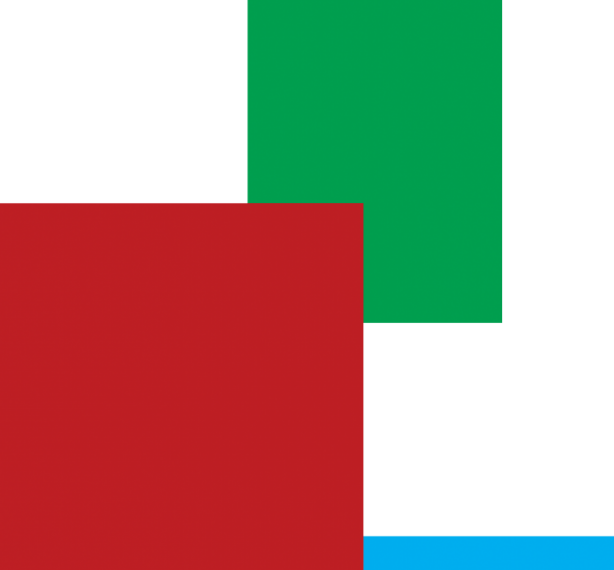
Latest News | 1 December 2019
CREATING CITIZEN DESIGNERS

Latest News | 1 December 2019
COMMUNITY DESIGN IN JAPAN
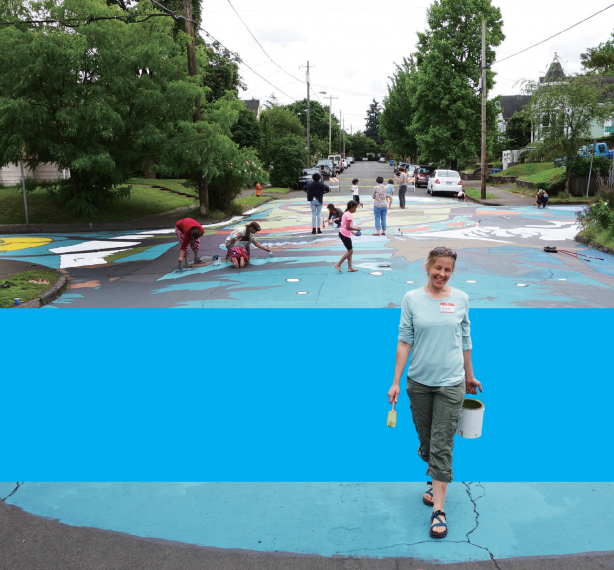
Latest News | 1 December 2019
CITY REPAIR — DESIGNING NEIGHBOURLY RELATIONS
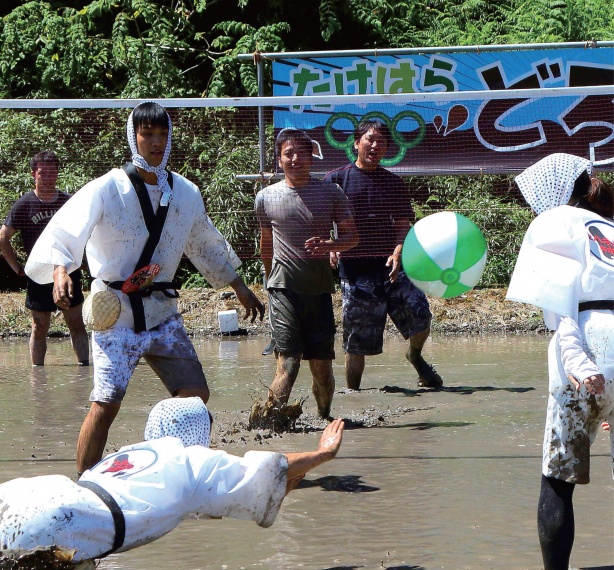
Latest News | 1 December 2019
SOCIAL DESIGN — CREATING POSITIVE RELATIONSHIPS

Latest News | 1 December 2019
HOW DOES DESIGN INFLUENCE THE MODERN WORLD?
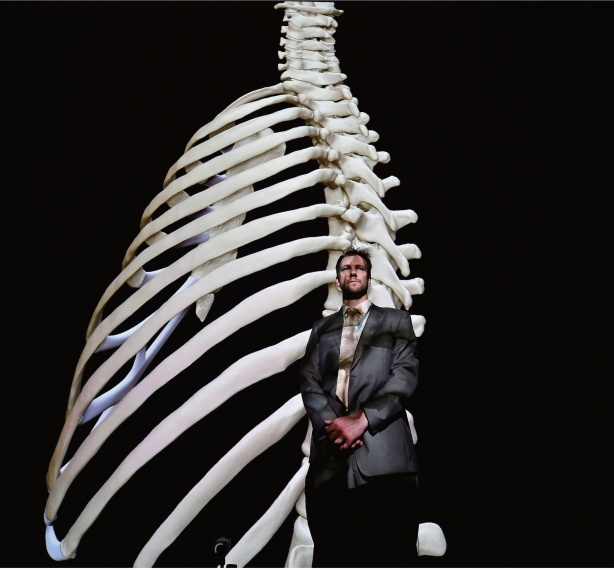
Latest News | 1 December 2019
Interview: Paul Chapman : Virtual Reality as a Tool to Integrate Sciences, Arts, and Technology
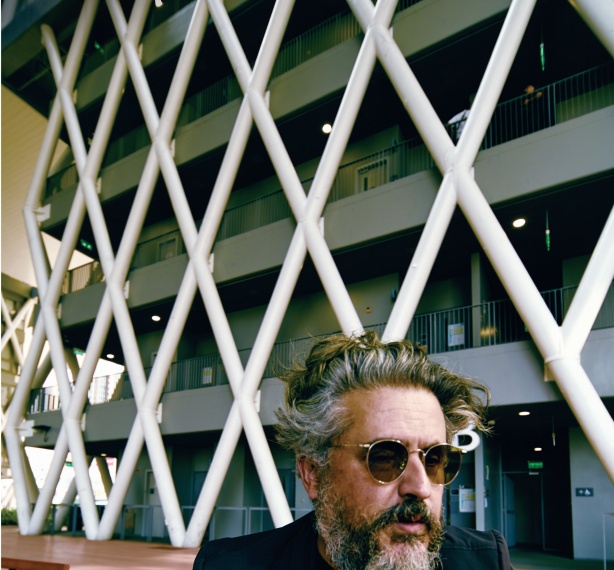
Latest News | 1 December 2019
Interview : Hernan Diaz Alonso : Embracing Multiplicity and Disorder in Today’s Architecture and design
